Economic and Environmental Public Policies of EU
Lecturers
Course Description
Study Programmes
University graduate
Learning Outcomes
- explain the foundations of the organization and functioning of the European Union
- explain the operation of the most important institutions of the European Union
- demonstrate knowledge of the EU's public policy-making and implementation processes
- demonstrate the decision-making process
- explain the role of citizens, civil society and interest groups
- understand international relations and EU treaties
- 68/5000 demonstrate basic knowledge of EU economic and monetary policy
- demonstrate the ability to prepare and apply for EU funding
Forms of Teaching
The course is organized into two teaching cycles. The first cycle consists of 7 weeks of direct teaching and intermediate exams. The second cycle of classes contains 6 weeks of direct classes and a final exam. Classes are conducted over a total of 15 weeks with a weekly load of 2 hours.
Seminars and workshopsThe preparatory workshops will analyze EU public policies in the field of energy, environment, transport, economy, EU space program, cohesion policy, cross-sectoral linkages, and study current public consultations. Students will be divided into groups by the method of solving problem tasks, propose solutions and present them to other groups of students through a public presentation.
Partial e-learningOrganization of a videoconference at which topics from EU public policies and simulations of the work of EU institutions are presented
Independent assignmentsStudents will conduct independent research of EU public policies and international action of the EU and the global impact on EU public policies (UN, OECD, etc.), and write a paper in the form of a review article.
Grading Method
| Continuous Assessment | Exam | |||||
|---|---|---|---|---|---|---|
| Type | Threshold | Percent of Grade | Threshold | Percent of Grade | ||
| Class participation | 50 % | 10 % | 50 % | 10 % | ||
| Seminar/Project | 50 % | 30 % | 50 % | 30 % | ||
| Mid Term Exam: Written | 50 % | 30 % | 0 % | |||
| Final Exam: Written | 50 % | 30 % | ||||
| Exam: Written | 50 % | 60 % | ||||
Week by Week Schedule
- History of EU integration, Important facts about Treaty on EU and Treaty on the Functioning of EU
- EU political institutions: European Commission, European Parliament, European Council, Council of the EU, Committee of the Regions, European Economic and Social Committee
- EU monetary institutions: European Central Bank (ECB), European Bank for Reconstruction and Development (EBRD), European Investment Bank (EIB)
- EU judicial institutions: Court of Justice of the European Union, Court of Auditors;
- Agencies and other EU bodies, coordination of EU economic and fiscal policy
- EU policy-making process: public consultations, the role of citizens, civil society and the professional public, lobbying - examples of economic and environmental public policies
- EU policy-making process: proposing, roles of EU institutions, negotiation, lobbying, adoption - examples of economic and environmental public policies
- Midterm exam
- EU Common Policies, EU Multiannual Financial Framework, EU Budget
- Key EU public policies focusing on energy, environment, transport, economy, EU space program, cohesion policy
- Partnership agreements, Operational programs, EU Funds
- Multilevel governance and decision making, national strategic documents, regional and local planning
- Preparation of programs and projects for financing from EU funds - examples from the economy, environment
- International agreements and treaties of the EU
- Final exam


 Pristupačnost
Pristupačnost